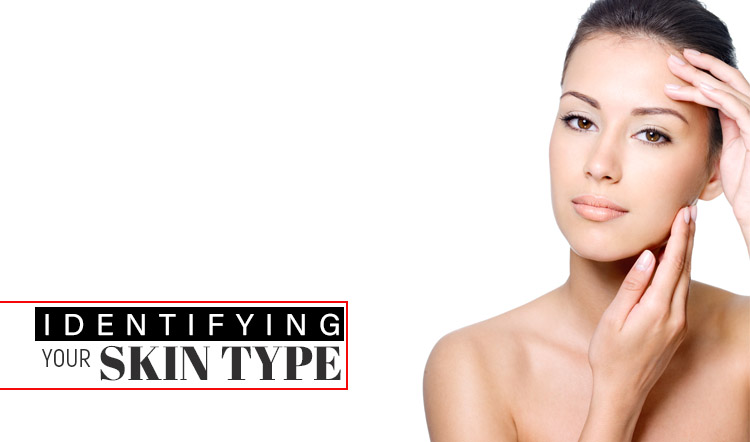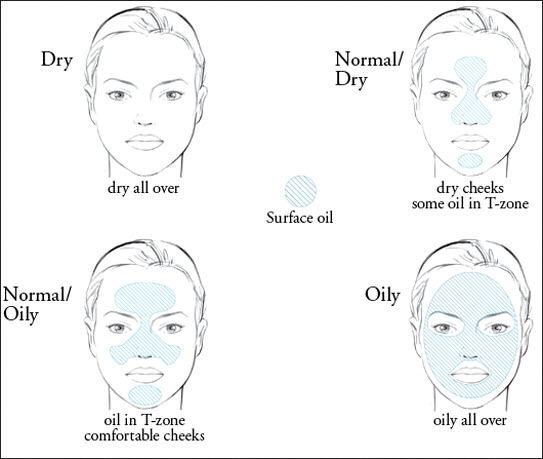
If you’re a real beauty aficionada, getting hooked by some brand new skin care product is quite a flashback for you. But this doesn’t mean you get a good strike every single time and chances are you already found out by now that not everything out there is good for your skin. maybe it’s a stretch, but did it ever cross your mind that maybe you’re a bit off in terms of knowing your skin type?
In case you’re not aware of it just yet, there is a precise method when it comes to creating various cosmetic formulas and each chemical mixture works better for specific types of skin. but, only if there was a way of knowing which type of skin you have…
It’s not quite rocket science and there are three main types of skin out there: dry, oily and combination. If the oily and dry skin aren’t that difficult to understand, the things get a bit trickier when it comes to the combination skin. Dr. Tess Mauricio, dermatologist and CEO of M. Beauty Clinic told Essence about three steps to take for determine your skin type.
Here’s how to do it:
- You should start with washing your face with a delicate cleanser and some lukewarm water. Try not to scrub too hard and only use your hands for cleaning your face.
- Use a towel for drying your face. If you’ve got the time, the best thing to do now is to let your skin rest for an hour or so until you go on with your TLC.
- After one hour, it’s time to do the checking. If your skin feels really tight, chances are your skin sits on the dry side. You should also blot your skin with tissue paper. In case you notice some oil on the T-zone (forehead, nose and chin), your skin is definitely combination type. Make sure you don’t have oil on the cheeks, though. Running the same tissue-paper test on your cheeks is going to give you farther details. In case there’s an oily shine not only on your T-zone, but also on your cheeks, you are the proud owner of an oily skin.

Do you think your skin looks rather red, blotchy and pretty tingly? Your skin is for sure a sensitive type.
Jenny Nguyen, founder of Y/Our personalized skin care explained things a bit clearer: “African-American skin has a higher level of melanin (dark pigments), hence the dark color”. She continues with the explanation, hoping to be of real help for everyone of dark skin out there: “Melanin helps protect the skin against sun damage, which means it can protect itself against damage from the sun, far better than those with pale skin. Dark skin has a natural SPF of around 15, while pale skin has a natural SPF of only 3 or 4. African-Americans have a higher degree of sebaceous glands that make skin oilier.”
Do you think it’s all clear to you know? If so, there’s only one thing left for you to do: getting the right cosmetic products for your skin.
